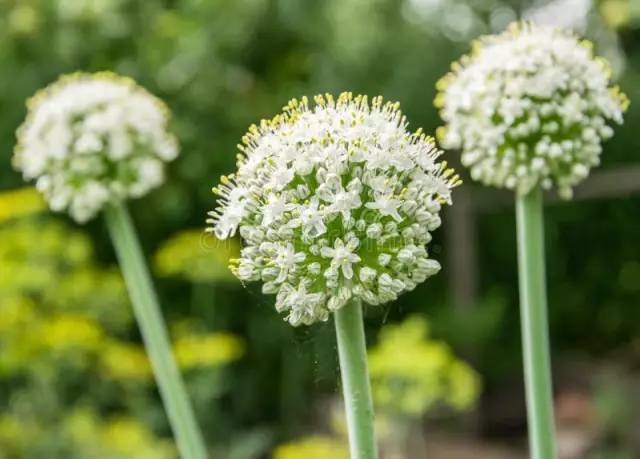- Author Rachel Wainwright [email protected].
- Public 2023-12-15 07:39.
- Last modified 2025-11-02 20:14.
Sturgeon
Sturgeon is a large anadromous, freshwater or semi-anadromous fish belonging to the Sturgeon family. It has longitudinal rows of corymbose bony scales on its body, and long rays on its fins. There are 19 species of sturgeon. Basically, these are anadromous fish, which on average reach 3 m in length and weigh about 200 kg. Some particularly successful fishermen managed to catch individuals of the white sturgeon, whose body weight was more than 800 kg.
The ratio of BJU in the product

Source: depositphotos.com How to burn 164 kcal?
| Walking | 41 minutes |
| Jogging | 18 minutes |
| Swimming | 14 minutes |
| A bike | 23 minutes |
| Aerobics | 33 minutes |
| Household chores | 55 minutes |
The fish is common in the Caspian, Azov and Black Seas, as well as in rivers flowing mainly through the territory of Russia. Sometimes you can see quite large representatives of this species, despite the fact that their number has recently significantly decreased. In the Caspian Sea, you can catch the Persian sturgeon, Russian, thorn and sterlet. In the Baltic Sea and the rivers of the Baltic basin, mainly German sturgeon is found, in the basin of the Arctic Ocean, sterlet is found. In the spring, sturgeon spawn from lakes into the rivers of Siberia, where they are caught in large numbers, especially in the Yenisei, Ob and Amur basins. The Atlantic sturgeon has one of the most extensive habitats. It can be caught in Europe (France, Spain, northern Adriatic countries), America, Turkey, Romania, Bulgaria and China.
History
The history of the sturgeon is a mixture of legends, facts and rumors. But this only emphasizes the uniqueness of the fish, because many are sure that it is the same age as dinosaurs and mammoths. If this is true, then the fish was able to survive all the cataclysms that have occurred on the globe. In China, there is a belief that by the end of its life the sturgeon turns into a dragon. And according to archaeological Phoenician finds dating back to 2400 BC, sturgeon caviar was already used in those ancient times for canned food during long sea voyages.
Aristotle mentions the sturgeon in his descriptions of ancient feasts. There, to the sound of a victorious march, black sturgeon caviar was served on the table of the winners. But in Europe they heard about the sturgeon only after the coming of Alexander the Great, a student of Aristotle. He carried sturgeon caviar as an army food. Herodotus wrote in his writings about the Scythian tribes, which ate mainly sturgeon. This miracle fish is also mentioned in the books of the Arab chroniclers. Marco and Olearius Polo described sturgeon fishing in the Caspian in detail.
At present, the sturgeon predominantly lives in the Caspian Sea. The massive fish catch in recent decades has led to a significant reduction in its population. The sturgeon is saved only by its very rich fertility, which allows it to survive in the conditions of such a merciless and total catch. During the spawning period, the number of eggs is about 1/5 of the body weight of the fish, and the number of eggs is several million.
In the industry, sturgeon is valued not only for fatty tender meat and a large amount of caviar, but also for the back string - viziga, which is used for food, as well as for the swim bladder, from which fish glue is prepared. Sturgeon meat is sold fresh, frozen, smoked, salted and dried.
Sturgeon composition and calorie content
100 g of sturgeon contains 10 g of fat, 16 g of protein. The calorie content of sturgeon is average and is approximately 164 kcal per 100 g of product.
The protein contained in fish is almost completely absorbed by the human body. Sturgeon meat contains phosphorus, amino acids, calcium, potassium, magnesium, iron, molybdenum, chromium and chlorine. And this fish contains more sodium than other foods. Fish is rich in vitamins B2, C, B1, PP, etc. Fish oil in sturgeon is about 10-15%.
Useful properties of sturgeon
The sturgeon contains large amounts of beneficial fatty acids, which help to reduce blood cholesterol. Regular consumption of this fish is an excellent prevention against myocardial infarction. It is also known that iodine is present in any sea fish, which is simply necessary for the full functioning of the thyroid gland.

Sturgeon meat contains an easily digestible protein with a balanced composition of polyunsaturated fatty acids and amino acids, which are so necessary for people with nervous and cardiovascular diseases.
Vitamin A contained in sturgeon is necessary for people with poor eyesight, vitamin D, phosphorus and calcium will be useful for pregnant women and children, trace elements and vitamin E - for people with weakened immunity and the elderly. It turns out that sturgeon caviar and meat are useful for all segments of the population.
Contraindications
Due to the relatively high calorie content of sturgeon, its excessive consumption can lead to obesity, allergic reactions and aggravation of the course of diabetes mellitus.
YouTube video related to the article:
Found a mistake in the text? Select it and press Ctrl + Enter.






